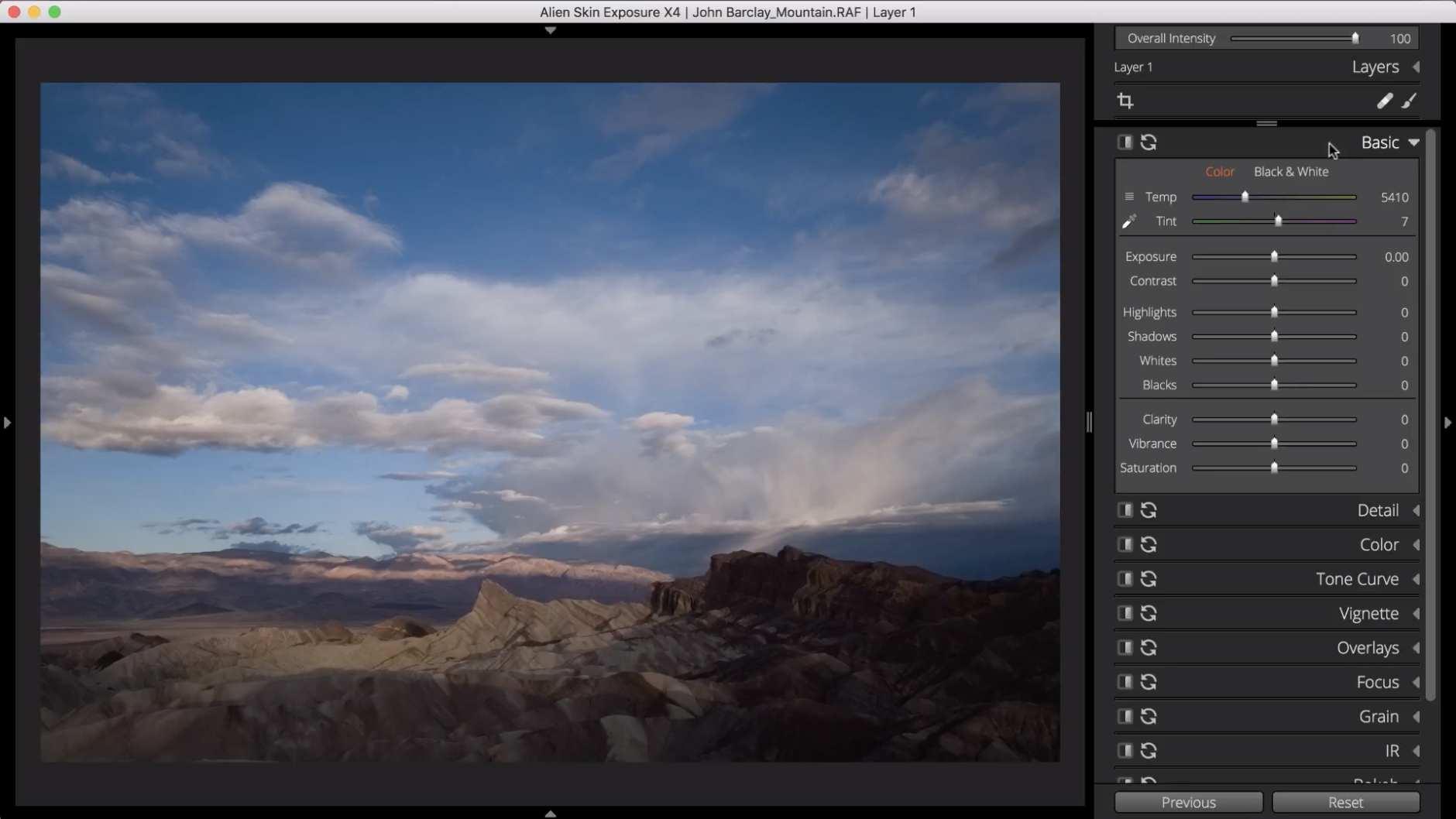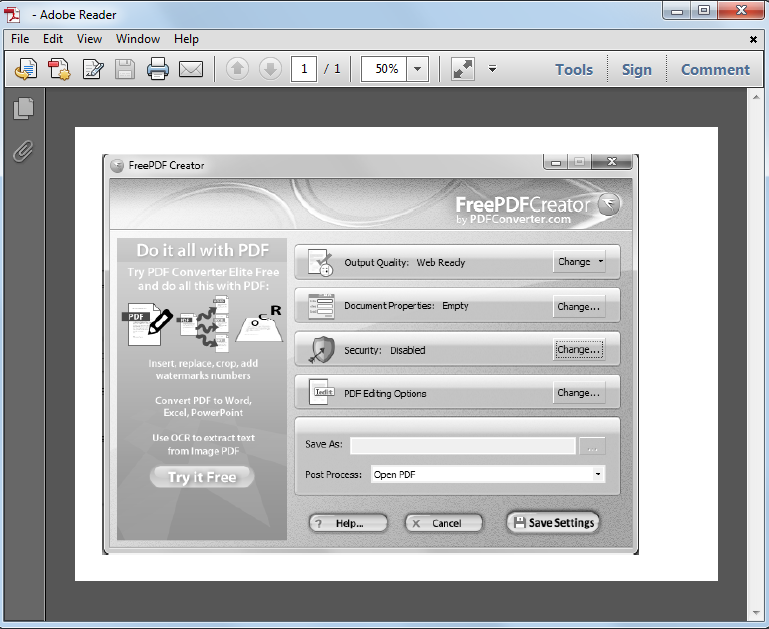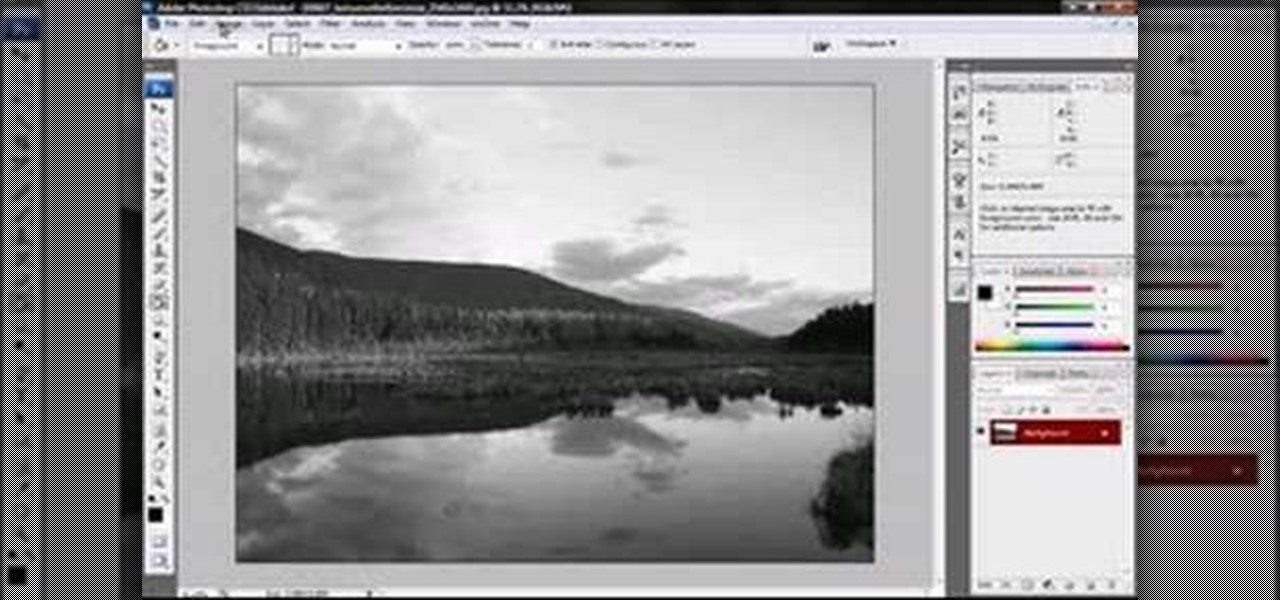

I don’t know whether it comes bundled with newer versions. Note: the LAB decompose option was not distributed with the version of GIMP I got (ver 1.2.3). Not often useful by itself, but it can be combined with other layers for interesting results (see Tips at end of article). You can very often see an expanded tonal range and discover hidden detail in the shadows by examining this component. The Lightness component is a very interesting one because it contains all of the luninance information (whereas in RGB and HSV some of that information is spread into other components). Right-click on the original image and select Image/Mode/Decompose. Right-click on the original image and select Image -> Mode -> Decompose. Via Decompose HSV ¶Īnother possibility is to decompose to Hue/Saturation/Value components and consider the Value image (the other two are not usually useful for this purpose).



If nothing else, taking a look at the RGB decomposition is important to give you an idea of where the important information is in your image, and where the noise is. Very often the green channel contains an excellent B&W version of the image. Often the blue channel has the most noise, but not in this case. You can see that the red channel contains most of the luminance information as well as a lot of noise, the green channel has the least noise, and the blue channel has shadows and noise. Here you can see the three channels: red (top), green (middle) and blue (bottom). Each one can be represented as an independent grayscale image. Via Decompose RGB ¶Ī third method is to consider the red/green/blue channels of the image. The reason is that we are getting more blue and red channel noise, whereas in the grayscale mode change operation the algorithm is giving us a remix of 60% of the clean, detailed green channel. You can see a lot more noise in the desaturated zoomed view (examine the blurred area below the spikes). Also, compare the 100% zoom views at right and in the previous grayscale example. The result is visually different note the increased contrast in the scales. Unlike the grayscale mode change above, the channels are not remixed in different percentages, so we should expect different results. Duplicate the original image ( Ctrl+D) and right-click on the copy. Here is what I get if I use desaturate instead. My experiments with the Channel Mixer (more on this below) support this. This formula does a pretty nice job in the general case, but some images do not work as well with it, particularly if the green channel component is not strong. Supposedly this mix accounts for the eye’s sensitivity to different colors. I don’t know how this conversion works in GIMP, but I have read that Photoshop uses a standard mix of the RGB channels for their grayscale conversion: RED=30%, GREEN=59% and BLUE=11%. Here is what I get if I use the standard mode change to grayscale from RGB.ĭuplicate the original image ( Ctrl+D) and right-click on the copy. I thought it might look nice as a black and white image. Here is an example image, loaded into GIMP. decomposing to LAB and using the Lightness (L) channel.decomposing to HSV and using the Value (V) channel.decomposing to RGB and using any one of the channels.the “standard” grayscale conversion operation.In this tutorial I’ll show you some different ways to convert color RGB images to B&W: Jeschke and may not be used without permission of the author. Text and images Copyright (C) 2002 Eric R.


 0 kommentar(er)
0 kommentar(er)
